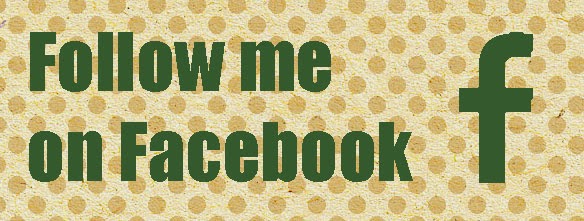Above: The cover of The Art Of The Adventures Of Tintin by Chris Guise. Copyright Paramount Pictures/HarperCollinsNZ/Weta Workshop 2011.
This latest publishing collaboration between Weta Workshop and HarperCollins gives an intriguing and immersive look into the conceptual art behind the upcoming Spielberg/Jackson film production of The Adventures Of Tintin. Weta Workshop have once again wisely chosen to give the author duties over to the film's Lead Conceptual Designer Chris Guise (following on from Greg Broardmore's Art of District 9), who's in a knowledgeable position to really draw on the best of the film's concept artwork to produce this eye-popping collection.
Guise makes it clear from the beginning that this hardback collection looks at the many paths taken in the film's design process, focusing more on the concept exploration and 'roads not taken' rather than just the finished product, a decision which makes all the difference here. With the wealth of material on offer, it's great to see the development of visual ideas with all the side-steps along the way, which really provides the most fascinating material.
Above: Steven Spielberg on set with Peter Jackson, directing Andy Serkis as Captain Haddock and Jamie Bell as Tintin in Motion Capture suits. Copyright Paramount Pictures/HarpercollinsNZ/Weta Workshop 2011.
It's no secret that the film itself is entirely CG animated, with actors providing performances via Motion Capture technology, building on Weta Digital's previous work on The Lord Of The Rings and Avatar. Because of this process, a great deal of the film's success will rest on it's concept and production artwork, providing the locations and appearance of the characters themselves, right down to the burst blood-vessels of Captain Haddock nose!
Guise presents each part of the film's production process in a largely visual layout with minimal but informative text, letting the artwork speak for itself. He also wisely utilises the artists to talk about their own work and choices, providing some fun personal observations. Probably the most enjoyable section comes early in the book, where the concept artists (clearly fans of the comic albums) are given free reign to reinterpret examples of Herge's artwork in a more realistic style as a starting point for the film's visual look. This results in some great takes on many of Herge's classic covers, and provides a hint of where things may go if the film warrants a sequel (Destination Moon looks to be a firm favourite of the art team).
Above: A look at the development of visualising Tintin. Copyright Paramount Pictures/HarpercollinsNZ/Weta Workshop 2011.
The process of conceptualizing the film's characters is a fascinating study. Transforming Herge's two dimensional characters into three dimensions is key to the film's look and success, and that's particularly true of the film's reporter hero Tintin, who simplistic appearance (his head is little more than a slightly developed smiley face) is iconographic symbolism personified. The visual exploration of this tricky design task is well examined, and includes the book's most curious out-take: photos of the original test for a live-action Tintin, with prosthetic applications used to enhance the actor's features to match the comic (see the sample page above). It's a tantalising glimpse into what could have been, and while it's hard to gauge whether the prosthetics would have been more or less creepy than the realistic CG the production has decided to go with, avoiding shades of 1990's Dick Tracy is probably for the best. There's a dedication to Herge's original character designs here that is impressive, while also taking into account muscle movement and the full range of expressions needed for filming.
Above: A look at developing Tintin's apartment. Copyright Paramount Pictures/HarpercollinsNZ/Weta Workshop 2011.
The film's many locations are also well covered, from Tintin's apartment to stately Marlinspike Hall. Again, no small detail is overlooked, with the design team puzzling over unique problems like the best way to construct Tintin's apartment, which wasn't consistent over the entire run of the comic series eg. his curtains are different colours in different books!((gasp!)).
Overall, this is a very well considered 'art of' collection, with plenty of details to please the legion of Tintin fans and film enthusiasts alike. Best of all, there's an abundance of material here which will be even more pleasing to revisit after seeing the finished film itself, which is really what makes this collection shine.
The Art Of The Adventures Of Tintin by Chris Guise, published by HarperCollins NZ & Weta Workshop.
RRP $60.00 Hardcover ISBN:9781869509309
-AK!











No comments:
Post a Comment